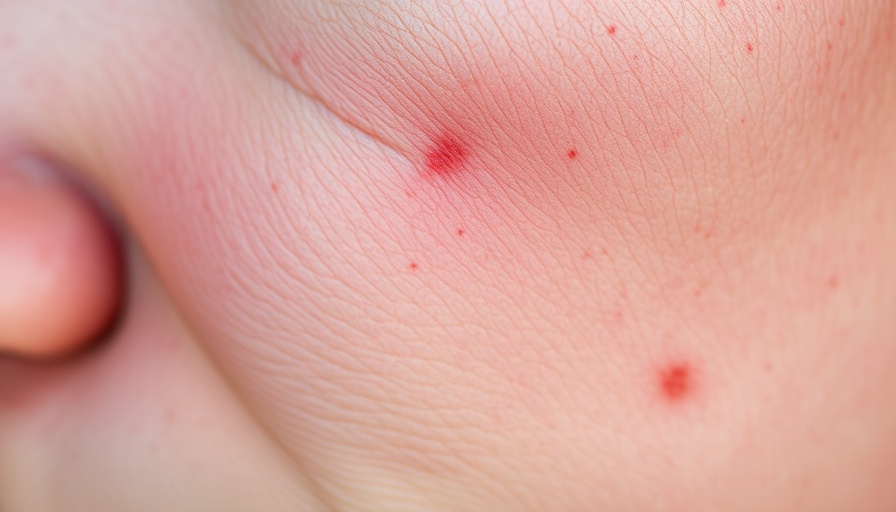
Unlocking the Power of Oxymetazoline: What It Means for Rosacea Treatment
In recent findings from a study conducted at the Tehran University of Medical Sciences, Oxymetazoline 1% cream has emerged as a promising treatment for erythema associated with rosacea, particularly in patients with darker skin tones. This topical treatment has demonstrated significant effects after four weeks of use, making it an exciting prospect for individuals grappling with the often debilitating symptoms of rosacea.
Positive Outcomes for Rosacea Patients
The clinical research highlighted remarkable reductions in erythema—a common symptom characterized by facial redness—as well as improvements in patient-reported outcomes via the Clinician’s Erythema Assessment (CEA) and Patient’s Self-Assessment (PSA) scores. Participants experienced not just clinical improvements; they reported increased satisfaction with their skin condition as well. Participants applied the cream twice daily to affected areas and documented considerable enhancements in redness reduction and overall skin quality.
Why Darker Skin Tones Matter
This study placed special emphasis on patients with darker skin types, a group often underrepresented in dermatological clinical trials. This is vital because treating rosacea effectively in these populations can be uniquely challenging due to the tendency for hyperpigmentation and the varied presentation of symptoms. The fresh focus on inclusivity in dermatological research can help healthcare professionals provide better-targeted therapies.
Safety Profile: What You Need to Know
One of the standout features of Oxymetazoline cream is its robust safety profile. Participants reported no adverse effects, which is particularly noteworthy when compared with many alternative treatments that may come with significant side effects. The lower rebound effect—referring to the tendency of symptoms to return after cessation of treatment—is a promising improvement, suggesting this cream could be a stable long-term option for management of rosacea.
The Science Behind Oxymetazoline
Oxymetazoline hydrochloride, an α1A adrenoceptor agonist, has been gaining traction since its FDA approval in 2017. Its effectiveness comes from its mechanism of action, which involves constricting the blood vessels responsible for redness. By addressing the underlying vascular component of rosacea, the cream offers a targeted approach that distinguishes it from other therapies that primarily focus on symptomatic relief.
Implications for Future Treatments
The findings raise significant implications for future rosacea treatments. As this study indicates a powerful new option particularly for a demographics often overlooked, one can anticipate more research exploring Oxymetazoline's efficacy across varied skin types and conditions. This could potentially pave the way for more comprehensive strategies to manage skin conditions like rosacea—removing the stigma and misconceptions often tied to such visible ailments.
A Call to Action: Stay Updated on Rosacea Therapies
If you or someone you know deals with rosacea, consider discussing Oxymetazoline treatment with a dermatologist to see if it's a good option. Its promising results in efficacy, particularly for those with darker skin tones, highlight the importance of staying informed on advanced skincare solutions tailored to your unique skin needs.
 Add Row
Add Row  Add
Add 




Write A Comment